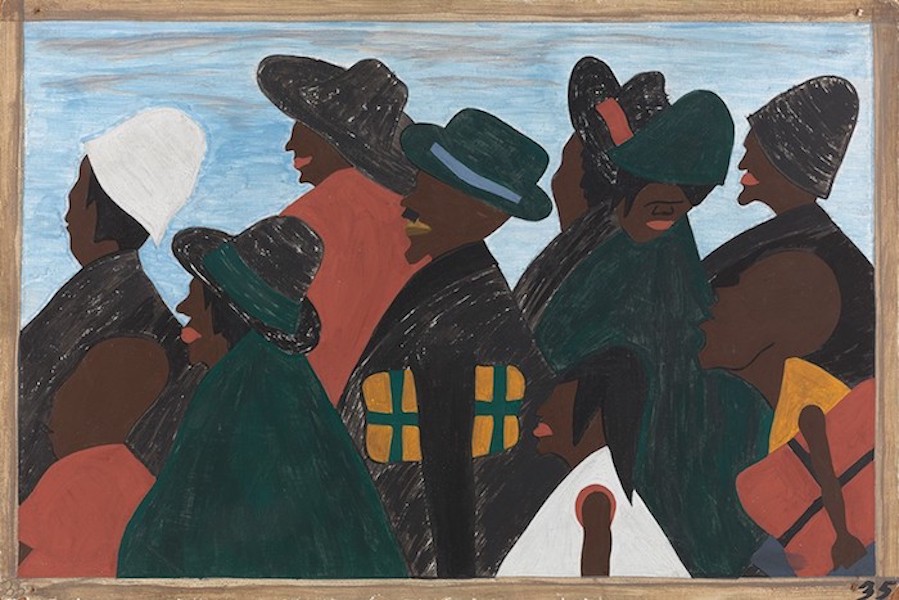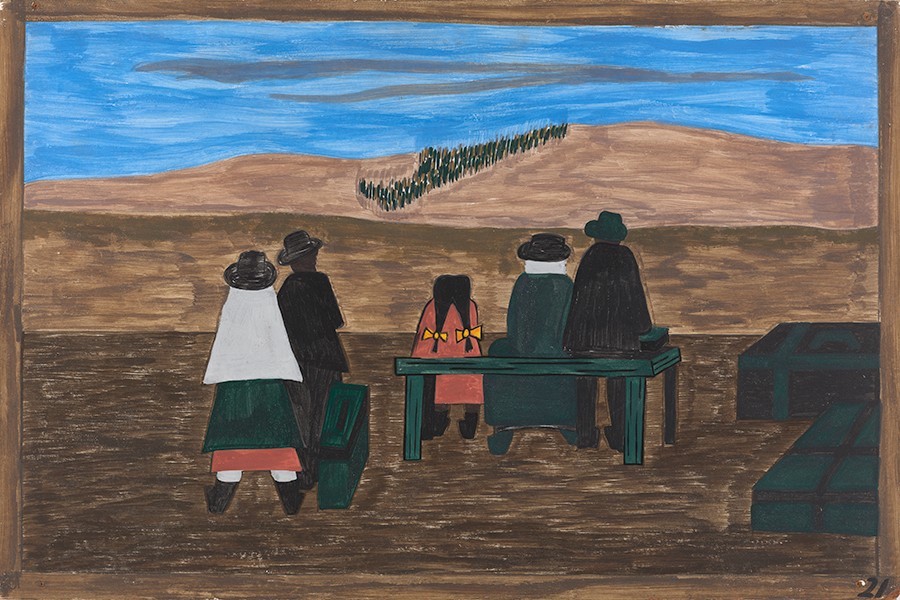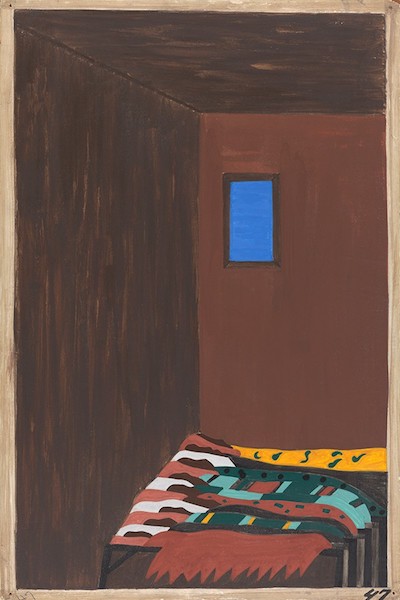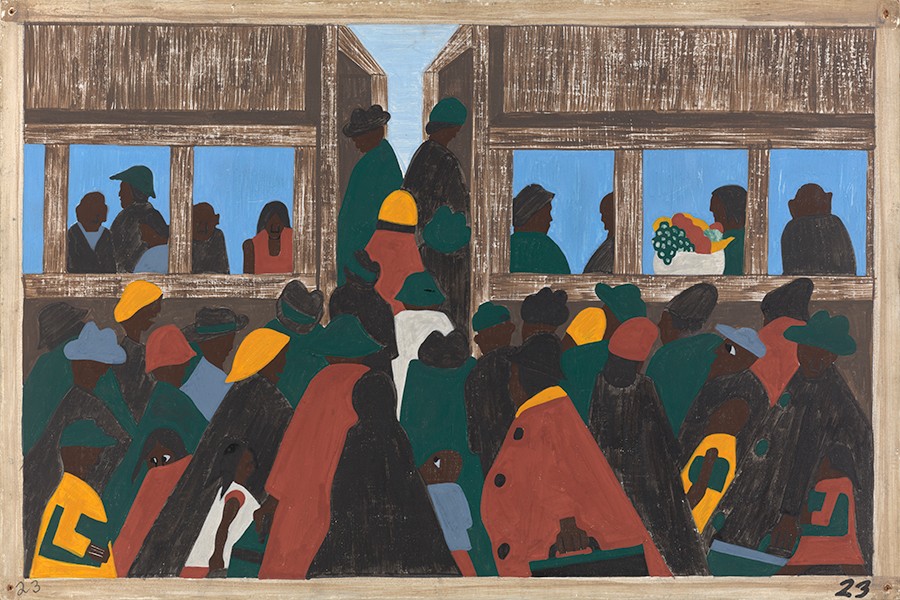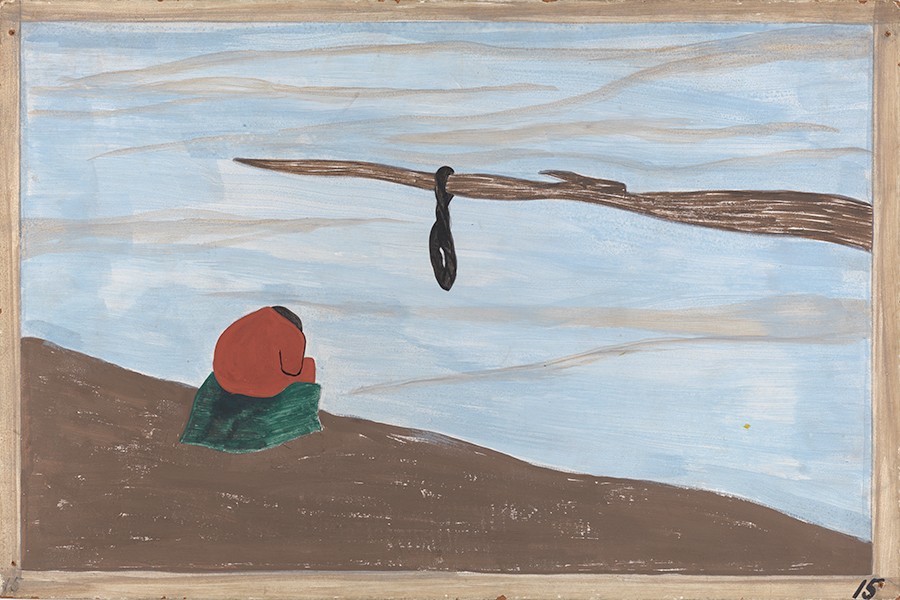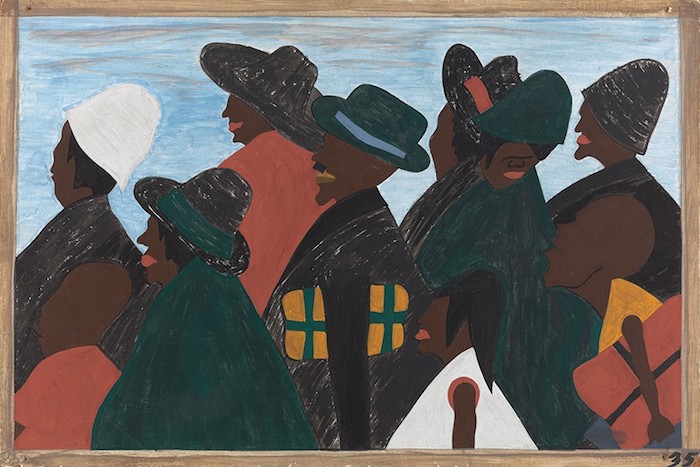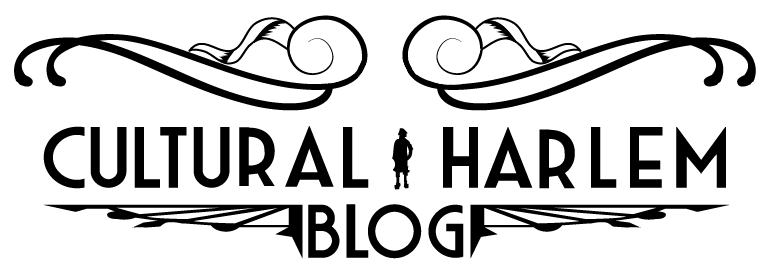
The Migration, Reflections on Jacob Lawrence
Family Activity: The Migration, Reflections on Jacob Lawrence
In this Family Activity for The Migration: Reflections on Jacob Lawrence, you will learn about the basic principles of stepping, the Great Migration, its significance in American history and the music from that time! For each show in the season, we’ll post a new Family Activity. You can find all of our past posts right here on our blog and at Pinterest.com/NewVictory.
 Step Afrika! was inspired to create The Migration: Reflection on Jacob Lawrence by both the Great Migration and Jacob Lawrence. In this activity, get a deeper understanding of that time in history and the painter whose work inspired this show. The Great Migration The Great Migration was the movement of six million African Americans from the Southern United States to the North, Midwest and West that occurred between 1916 and 1970. Watch this video on the Great Migration.
Step Afrika! was inspired to create The Migration: Reflection on Jacob Lawrence by both the Great Migration and Jacob Lawrence. In this activity, get a deeper understanding of that time in history and the painter whose work inspired this show. The Great Migration The Great Migration was the movement of six million African Americans from the Southern United States to the North, Midwest and West that occurred between 1916 and 1970. Watch this video on the Great Migration.
Discuss these questions:
- What is the Harlem Renaissance and how does it connect to the Great Migration?
- What do you think is the reason behind today’s new, reverse migration?
- What are some connections that you can make between the world after the Civil War and now?
Jacob Lawrence Jacob Lawrence is an artist who tells his personal experience of the Great Migration through his art. Step Afrika! created The Migration, inspired by his artwork in The Migration Series. Click on the image below to find an interview with the painter, himself! 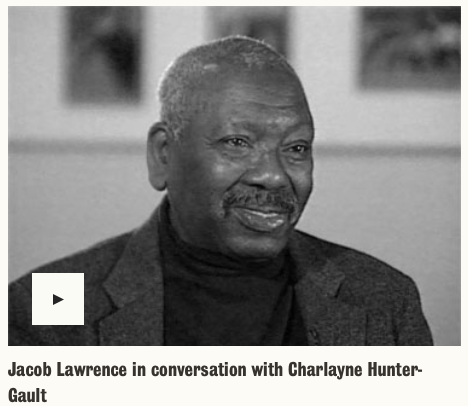 Discuss these questions:
Discuss these questions:
- It was said that Jacob Lawrence was the griot of Harlem. What is a griot and how does the definition fit Jacob Lawrence?
- How would you summarize his overall experience during the Great Migration through the choices he made in his art?
- Do these paintings bring up any feelings for you? If so, discuss.
 Part I: Check out these five panels from Jacob Lawrence’s The Migration Series and read their descriptions.
Part I: Check out these five panels from Jacob Lawrence’s The Migration Series and read their descriptions. 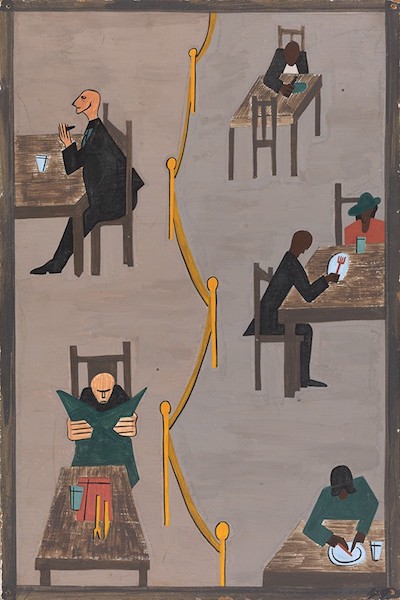
- How do these painting make you feel?
- Based on the images, what do you think life was like for African Americans living in the South during that time?
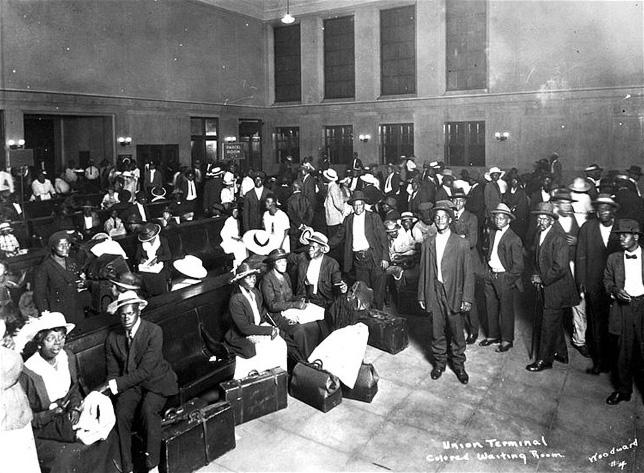

- What is this song about?
- What was going on in that decade? Is it connected to the song in any way?


